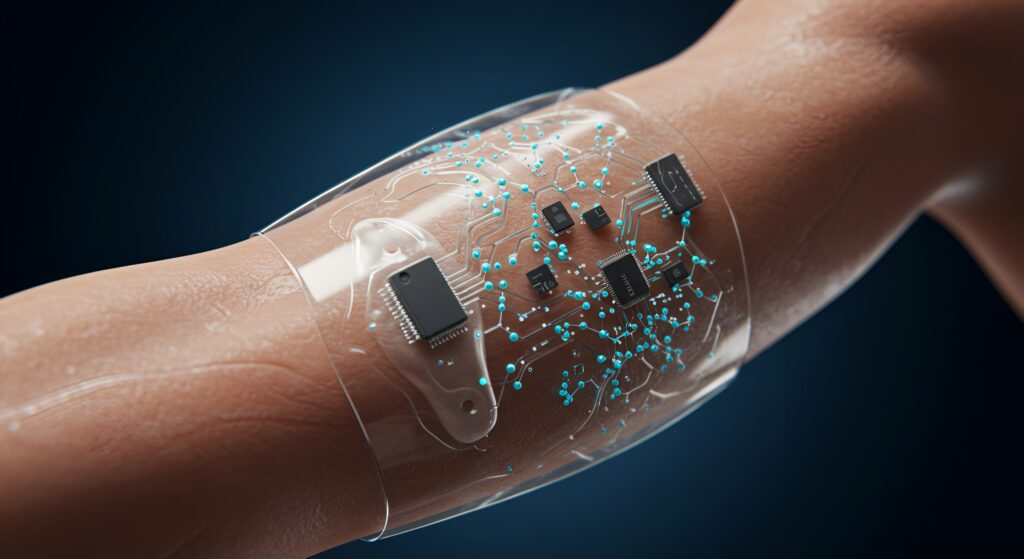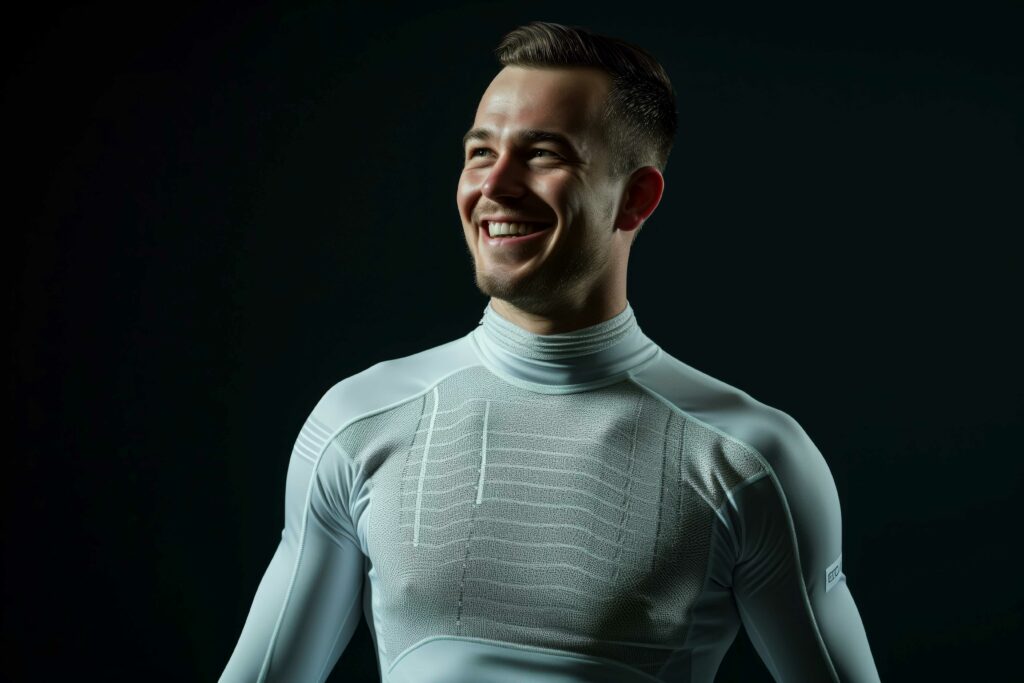The surge in wearable healthcare technologies and the demand for safer, smarter treatment solutions are reshaping the fabric of modern medicine—literally. As medical devices become more integrated with the human body, the need for biocompatible fabrics has never been more critical.
These materials are not just technical requirements; they are the backbone of patient safety, regulatory compliance, and long-term device success. Let’s dive into the world of medical device textiles, explore why biocompatibility matters, and examine the latest standards, innovations, and market trends.
What Does “Biocompatible” Mean in Healthcare Fabrics?
Biocompatibility refers to the ability of a material to interact with the human body without causing harm. According to ISO 10993 standards, it’s the ability of a material to perform with an appropriate host response in a specific application. That could mean preventing allergic reactions, avoiding toxicity, or eliminating skin irritation during prolonged wear.
For example, a wearable heart monitor patch made of non-biocompatible material could cause hives, skin blistering, or worse. That’s why any fabric that comes in contact with skin—especially for extended periods—must undergo rigorous testing.
The Growing Medical Textile Market
The global medical textiles market was valued at $24.7 billion in 2020, with a projected CAGR of 4.5% through 2028. This growth is driven by:
- An aging global population
- Increased demand for outpatient and wearable treatments
- Innovation in materials science and nanofabrication
- Rising numbers of surgeries and wound care cases
Non-woven fabrics accounted for 65% of global revenue in 2020 and continue to lead due to their use in PPE, wound dressings, and disposable medical wear.
Where Biocompatible Fabrics Fit In
Medical textiles range from simple cotton bandages to complex tissue engineering scaffolds. Biocompatible fabrics are used across:
- Implants and sutures
- Wearable monitoring devices
- Wound healing dressings
- Surgical adhesives and sealants
- Barrier textiles
Newer materials like polymeric nanofabrics not only create physical barriers against infection but also actively support healing. These fabrics are increasingly used in drug delivery systems, cell growth substrates, and bioengineered devices.

The Importance of ISO 10993 Compliance
The ISO 10993 standards govern biological evaluation for medical devices and their materials. They include key testing areas:
- ISO 10993-1: Biological evaluation within a risk management process
- ISO 10993-5: In vitro cytotoxicity testing
- ISO 10993-10 & 23: Sensitization and irritation
- ISO 10993-7: Residuals from sterilization (e.g., ethylene oxide)
- ISO 10993-12: Sample prep and reference material
Meeting these standards is vital for securing FDA and global regulatory approvals. They also reduce risk of product recalls, customer dissatisfaction, or post-market failures.
Materials We Trust in Biocompatible Textiles

As a contract sewing partner to the healthcare industry, we work with biocompatible fabrics that balance comfort, function, and safety.
🔹 Lycra (Spandex Alternative)
- Lightweight, stretchy, and breathable
- Common in smart therapy vests and motion-assist garments
🔹 Neoprene
- More insulating and protective
- Perfect for sensor-embedded wearables or orthopedic support devices
Both materials undergo extensive ISO 10993 testing and are used in patient-facing devices.
One standout innovation is Sefar’s MEDIFAB®, a precision-woven medical textile certified under:
- ISO 13485 (medical device quality systems)
- USP Class VI (biological reactivity)
- Several parts of ISO 10993
Applications range from blood filtration and heart surgery to cell growth substrates and drug infusion filters.
Manufacturing & Regulatory Considerations
Fabric suppliers must ensure:
- Cleanroom manufacturing (e.g., ISO Class 7)
- Consistent batch quality
- Traceable documentation
- Accelerated approval pathways through certification
These standards are not just checkboxes; they are your key to faster regulatory approvals and lower total development cost.
What the Future Holds for Biocompatible Fabrics
- Nanofabrication will continue to enhance antimicrobial properties
- Smart textiles will provide data capture for remote monitoring
- Sustainable and biodegradable options will reduce medical waste
- New surgical adhesives and sealants will replace traditional sutures, driving demand for compatible fabric-based delivery systems
The push for multi-functional, skin-friendly, and intelligent materials is opening new doors in wound care, home health, and wearable therapeutics.
Final Thoughts: Innovation Starts with the Right Material
Biocompatible fabrics are not just accessories—they’re foundational components of modern medical device design. From regulatory readiness to patient safety, selecting the right fabric can determine your product’s success or failure.
🚀 Whether you’re developing a smart therapy garment, a wound closure system, or next-gen implantables, we’re here to help. Our team brings deep experience in contract sewing, fabric sourcing, and regulatory strategy.

